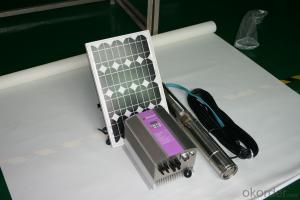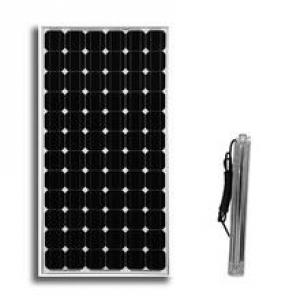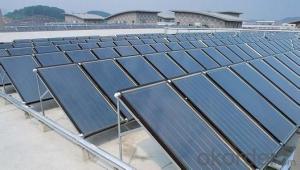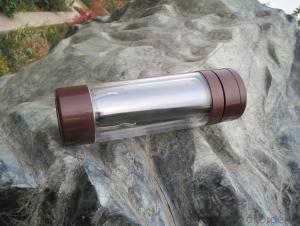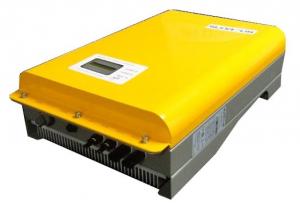Inverter Solar Systems
Inverter Solar Systems Related Searches
Inverter Solar System Solar Inverter Systems Inverter Solar Solar Inverter System Solar Power Inverter System Inverter Solar Panels Inverter Charger Solar System Inverter Power Solar Battery Inverter Solar System Micro Inverter Solar System Hybrid Inverter Solar System Solar Electric Inverter System Power Inverter Solar Home Solar Inverter System Inverter Solar Cell Solar Solar Inverter Inverter Hybrid Solar Solar System Inverter Solar Inverter Company Inverter For Home Solar System Inverter Ac Solar System Inverter Solar Generator Inverter Solar Panel Inverter Battery Solar Inverter Solar Hybrid Inverter Solar Pump Home Solar System Inverter Inverter With Solar System Solar Inverter Inverter Smart Inverter SolarInverter Solar Systems Supplier & Manufacturer from China
Inverter Solar Systems are advanced energy solutions that combine solar panels, inverters, and other necessary components to convert sunlight into usable electricity. These systems are designed to harness the power of the sun and provide a clean, renewable energy source for residential, commercial, and industrial applications. They are particularly effective in areas with high sunlight exposure and can significantly reduce electricity bills while minimizing environmental impact.Inverter Solar Systems are widely used in various settings, from powering homes and businesses to supporting off-grid living and remote communities. They are also employed in large-scale solar farms and integrated into electric grids to supplement traditional power sources. These systems offer numerous benefits, including energy independence, reduced carbon footprint, and long-term cost savings. They are an essential part of the global shift towards sustainable energy practices.
Okorder.com is a leading wholesale supplier of Inverter Solar Systems, offering a vast inventory of high-quality products at competitive prices. With a commitment to customer satisfaction and a focus on innovation, Okorder.com ensures that their Inverter Solar Systems meet the diverse needs of customers worldwide. By providing an extensive range of options and reliable support, Okorder.com has established itself as a trusted source for those seeking to invest in clean, renewable energy solutions.
Hot Products
